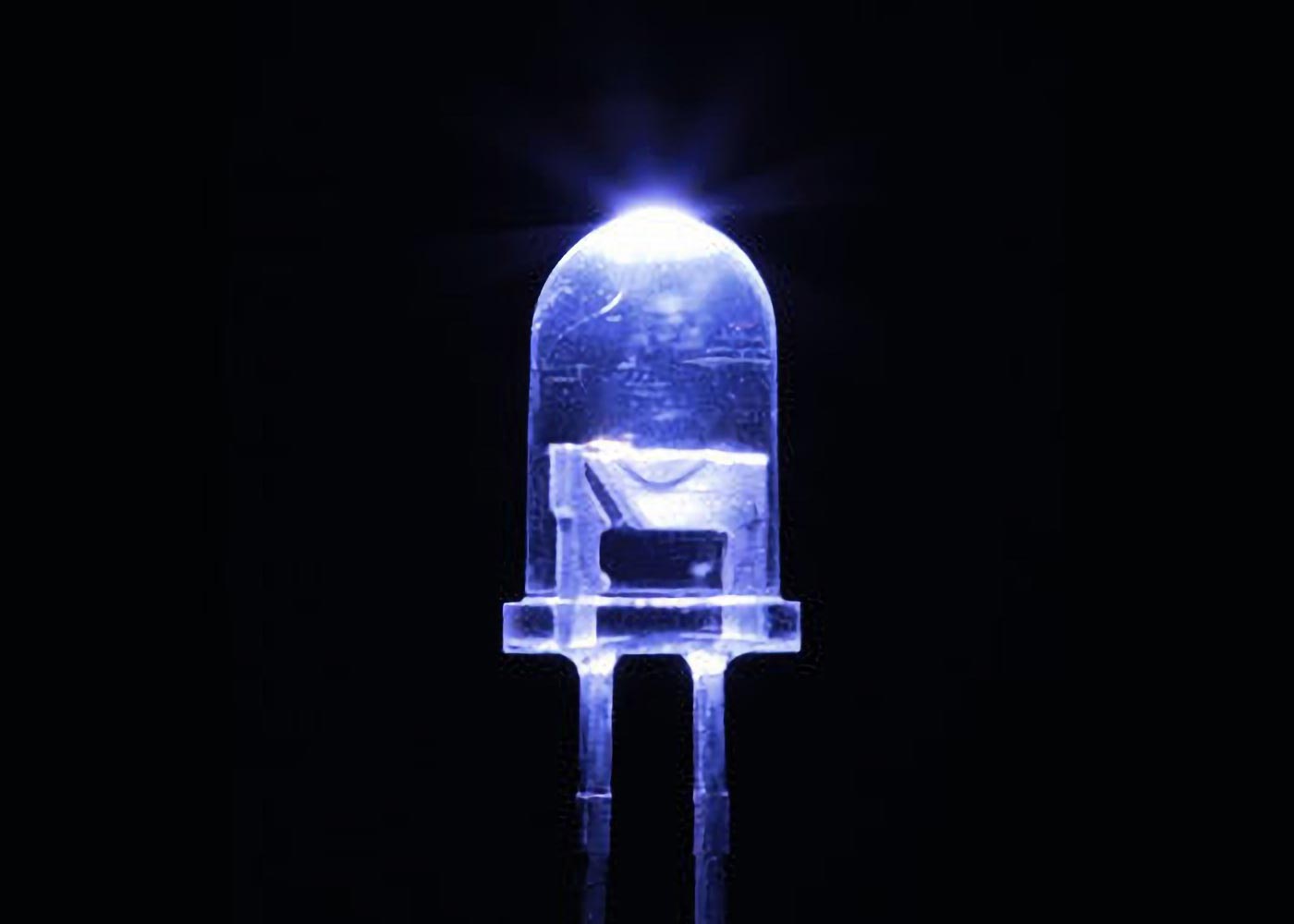그림 1: 대부분의 LED는 가시광선을 방출하지만 RIKEN 물리학자들은 극자외선의 좁은 영역에서 방출하고 인간에게는 안전하지만 바이러스와 박테리아에는 치명적인 LED를 만들었습니다. 크레딧: RIKEN
강력한 LED 램프는 사람들을 안전하게 보호하면서 표면을 효율적으로 소독할 수 있습니다.
RIKEN 물리학자들은 항균 및 항바이러스 효과가 있지만 인체에 안전한 고효율 LED 램프를 설계했습니다. 언젠가는 사람들로 가득 찬 방에서 병원체를 죽임으로써 전염병의 그늘에서 벗어나는 데 도움이 될 수 있습니다.
자외선 살균 램프는 박테리아와 바이러스를 죽이는 데 매우 효과적입니다. 사실, 그들은 의료 표면과 기구를 살균하기 위해 병원에서 일상적으로 사용됩니다.
이러한 유형의 램프는 LED를 사용하여 만들 수 있으므로 에너지 효율이 높습니다. 그러나 이러한 LED 조명은 유해한 범위의 자외선을 생성합니다.[{” attribute=””>DNA and therefore cannot be used around people. The search is on to develop efficient LEDs that shine light within a narrow band of far-ultraviolet light that appears to be both good at disinfecting while remaining safe for people.
Germicidal LED lamps that operate in the absence of humans are often made from aluminum, gallium, and nitrogen. By increasing the amount of aluminum they contain, these LEDs can be modified to work in a wavelength region that is safe for humans. This approach has been used before but has resulted in dramatically reduced power.
To work through this issue, three physicists at RIKEN Quantum Optodevice Laboratory, Masafumi Jo, Yuri Itokazu, and Hideki Hirayama, created an LED with a more complex design. They sandwiched together multiple layers, each containing slightly different proportions of aluminum. In addition, in some layers they also added tiny amounts of silicon or magnesium.
This effectively created an obstacle course for electrons, hindering their movement across the material and trapping them for longer in certain areas. This resulted in an increased amount of light emitted by the device and a reduced amount absorbed by it.
The team used computer simulations to model all possible effects to help pin down the ideal design. “We then grew samples to see if it was effective or not,” Jo says. Precisely controlling the thickness of each layer was the biggest experimental challenge. They ended up with an LED operating in the far ultraviolet, with an output power almost ten times higher than their previous best.
The COVID-19 pandemic brought a new consciousness of the importance of being able to eradicate viruses and microbes on surfaces. “We trust that our findings and technologies will be very useful for safeguarding society against this and future pandemics,” says Jo.
Jo adds that the trio will strive to improve their LED’s performance even further. “There’s still much room for improvement in the output power and the power efficiency,” he notes.
Reference: “Milliwatt-power far-UVC AlGaN LEDs on sapphire substrates” by Masafumi Jo, Yuri Itokazu and Hideki Hirayama, 25 May 2022, Applied Physics Letters.
DOI: 10.1063/5.0088454

“경순은 통찰력 있고 사악한 사상가로, 다양한 음악 장르에 깊은 지식을 가지고 있습니다. 힙스터 문화와 자연스럽게 어우러지는 그의 스타일은 독특합니다. 그는 베이컨을 좋아하며, 인터넷 세계에서도 활발한 활동을 보여줍니다. 그의 내성적인 성격은 그의 글에서도 잘 드러납니다.”

